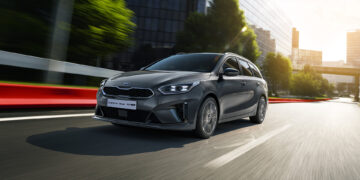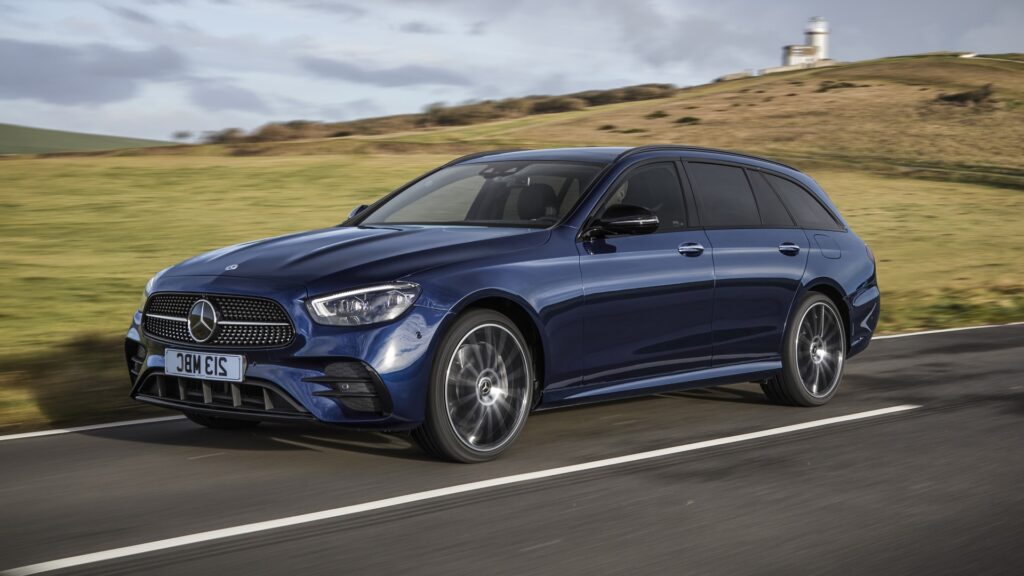There is no substitute for cargo space. Well, unless it’s even more cargo space. Families, commercial travelers, couples, and singles with elaborate hobbies need a large trunk volume. But it doesn’t have to be a van or a bus.
Nor does it have to be an SUV. They are heavy and tall, which affects fuel consumption and agility. That leaves the station wagon. The only drawback is that station wagons need more length than vans to offer the same amount of space. An important factor when looking for a parking space.
Benefits of large station wagons
In the following, we will take a quick look at some of the advantages of the station wagons:
- Large trunk volume, often low loading edge
- Good rear-seat space
- Lower profile, improved aerodynamics compared to vans or SUVs
- Comparatively low weight, lower center of gravity
- More agile than vans or SUVs of similar size
- More economical than SUVs or vans of similar size
Because it is not a special achievement to get a lot of trunk volume over the length of the vehicle, we do not simply crown the one with the largest trunk volume as the “largest station wagon” in our top 7 largest station wagons. Instead, we’ve chosen the one with the best liter-per-meter ratio.
Once upon a time, the E-class estate was the space miracle in the upper-middle class – and the largest estate car of all for a long time. The current generation (S213), on the market since 2016, beats the direct competition as well. With 1,820 liters of trunk space, this car is the third-best figure in absolute terms behind the Superb and Outback. However, the estate stretches to 4.93 meters. That is only enough for a ratio of 2.710 and sixth place in our ranking of the largest station wagons. The ADAC measured 450 liters up to the bottom edge of the window.
That much space costs almost 50,000 euros in the Daimler with a small 1.6-liter diesel that produces 160 hp. The price list for gasoline models starts at 50,300 euros. But then the car still lacks the fine extras that make the large station wagon a real Benz. For instance, it has one of the best assistance systems on the market, pneumatic suspension on both axles and all kinds of comfort and decor extras that make the E-Class luxurious.
As a consolation, the used-car market is full of young used cars that cost considerably less. Between €30,000 and €40,000, you can already find numerous examples that were registered for the first time in 2019. Many of these already show five-digit mileage on the speedometer, but that mostly means: The miles were mostly done on the long haul. For the engine, not the worst thing. Those looking in the next few weeks also have a chance at slightly lower prices since Mercedes has just unveiled the facelift of the E-Class.


















































Discussion about this post